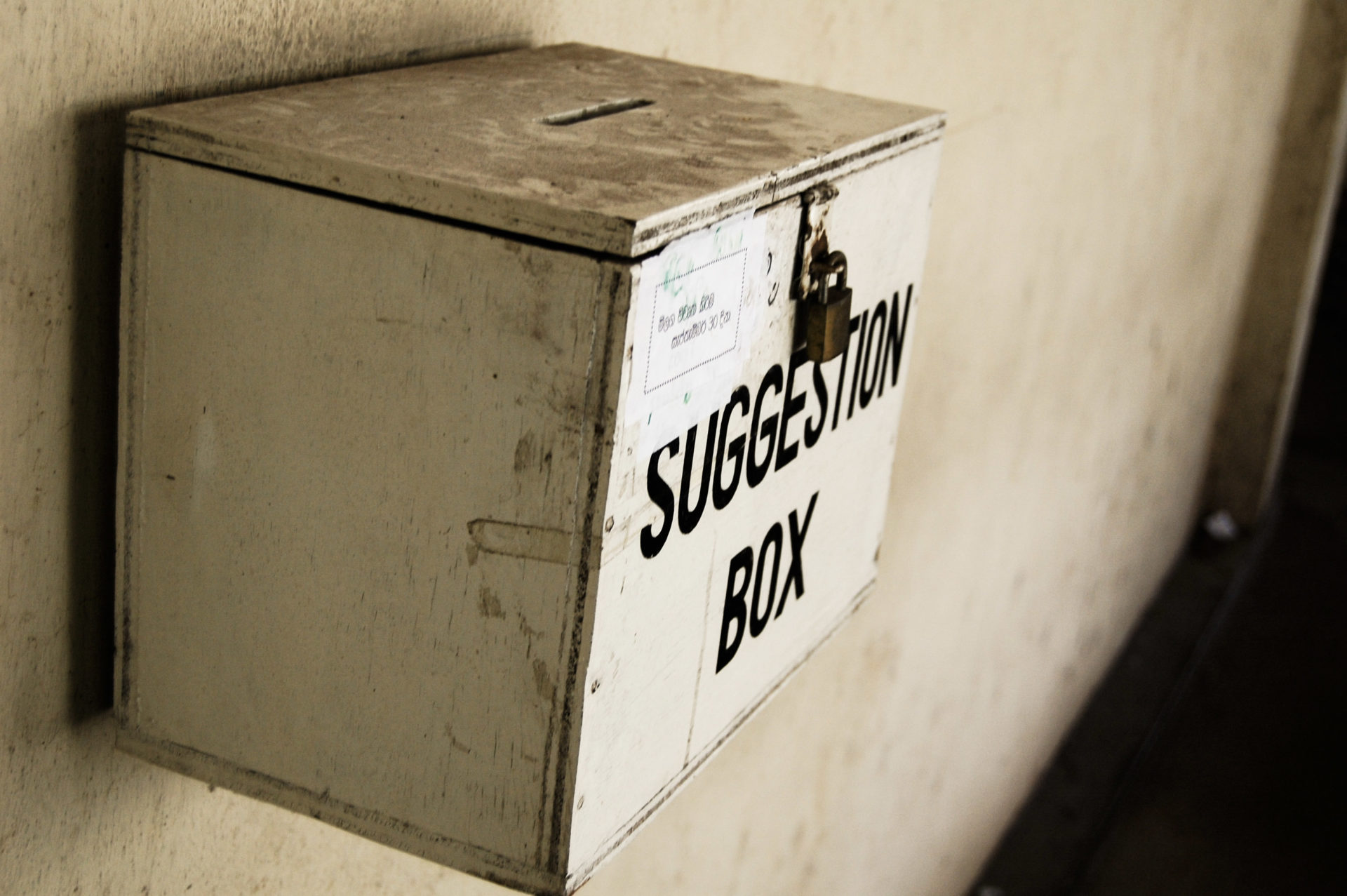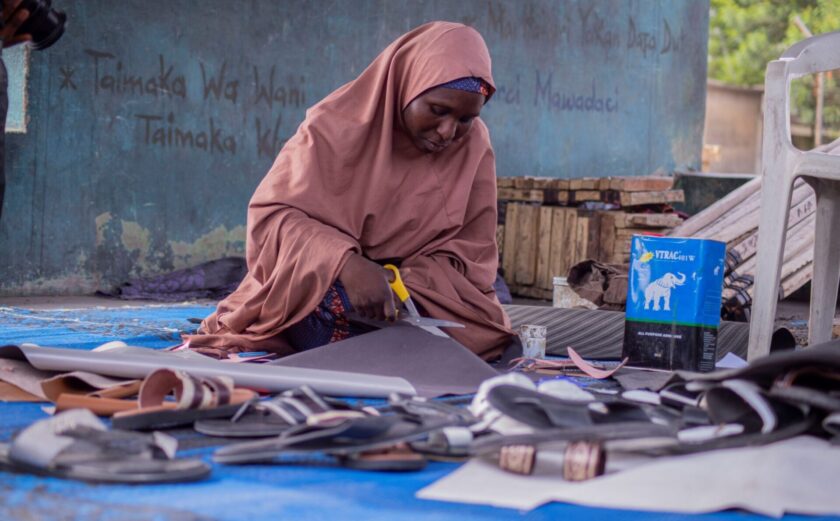
Responsiveness: Beyond A Complaints Box
Multi-lateral agencies and non-governmental organizations (NGOs) that implement humanitarian programs are making greater efforts to collect feedback from the people they serve. Feedback is a positive or negative statement of opinion about programs and the behavior of staff and representatives of implementing organizations, shared for information or action. By deliberately seeking feedback from intended beneficiaries and stakeholders, implementing actors can 1. obtain information on beneficiaries’ needs and preferences over the use of resources and the quality of the programming or services being delivered and 2. identify and address challenges or problems as they arise. Most importantly, collecting feedback is one of the first steps towards accountability and responsiveness. To establish better formal and informal channels of two-way communication with conflict or disaster-affected populations, most organizations have moved well beyond the use of a simple complaints box to more advanced and nimble technologies. However, feedback mechanisms are only effective in as far as they go beyond the collection and acknowledgement of feedback and actually support analysis and response to the feedback received.
With this in mind, the International Rescue Committee (IRC) has reviewed its own practice, tested different ideas in the field and has developed an approach to Client-Responsive Programming. Programming is client-responsive when we design and implement in a way that takes into account the views of our intended and direct clients. This requires that we systematically, deliberately and regularly listen to and collect the diverse perspectives of our clients. We must also analyze and use their feedback to make decisions and to plan for, or course correct, our programming. Client-Responsive programming also entails communicating and explaining to our clients how their feedback has (or has not) informed our programmatic decisions.
The approach is built on:
- 8 Actions that are implemented in order to collect and use client perspectives at different stages of the program cycle
- 8 Enablers that provide the operating conditions for the actions to be effective.
The 8 Actions are:
- Assessing and preparing the design of feedback channels appropriate to the context and clients, and putting in place the operational requirements
- Informing clients about the purpose of feedback collection and how we will respond to it, as well as the process of collecting their feedback
- Compiling and presenting the feedback data which has been collected
- Interpreting the data
- Deciding and planning what actions and decisions to take in response to the feedback
- Explaining and discussing those decisions with our clients
- Acting upon those decisions
- Reviewing and monitoring progress and impact of the action upon clients.
To assist program staff within and outside the IRC, we have developed a set of guidance and resources that support each action. These include a matrix for selecting and designing feedback mechanisms, templates for feedback registries and logbooks, approaches for interpreting and using feedback and options for closing the loop with the clients (beneficiaries and stakeholders). It also includes proposal writing, capacity and resourcing considerations.
Check out the Client Responsiveness Core Resource Manual and the Guidance on Client-Responsive Project Design, and stay tuned for more resources on the 8 Enablers.
This post was written by Sheree Bennett, Research and Evidence Advisor, International Rescue Committee








